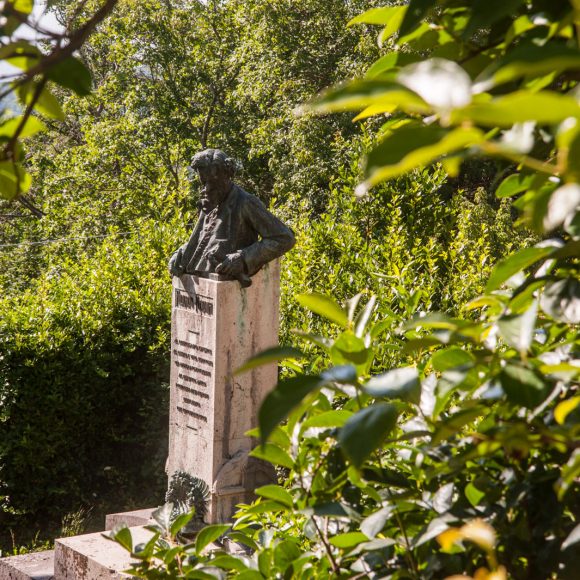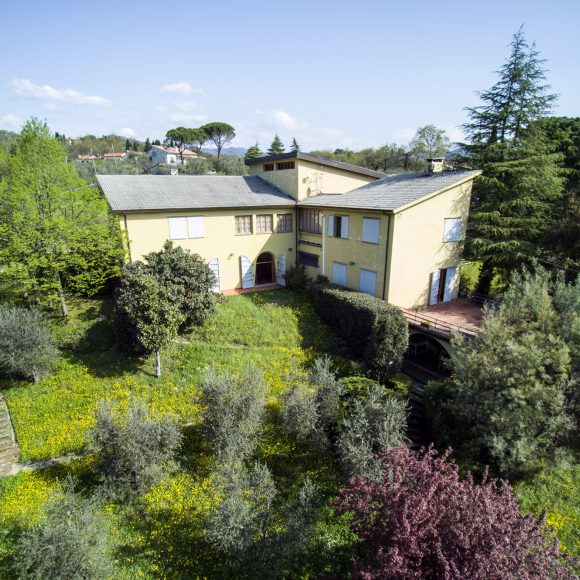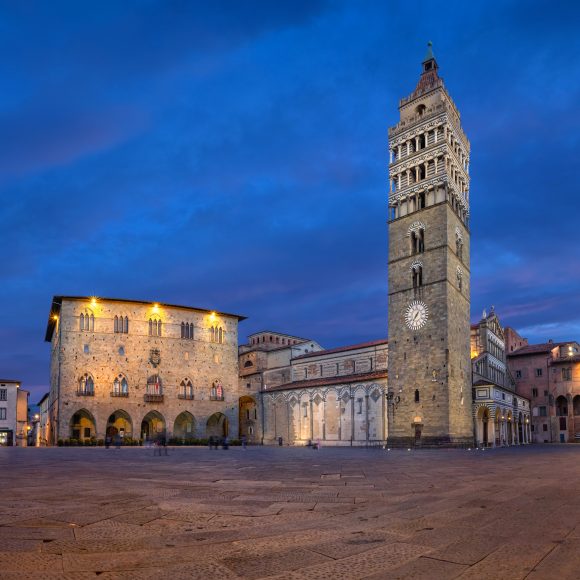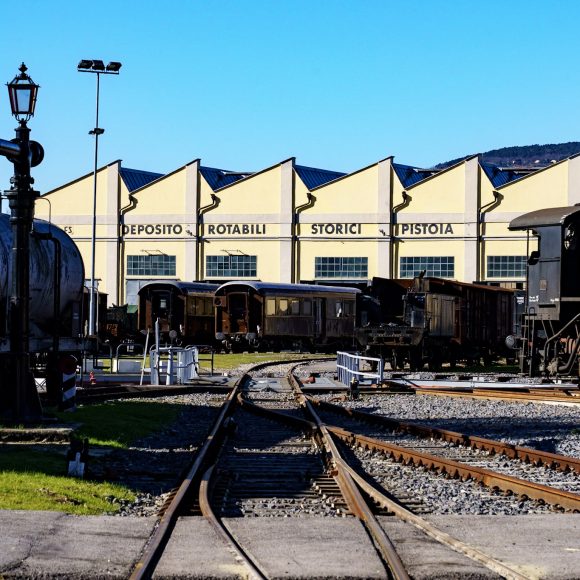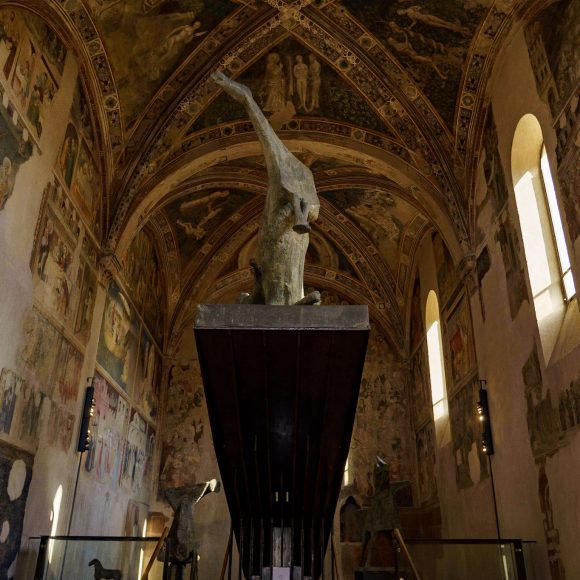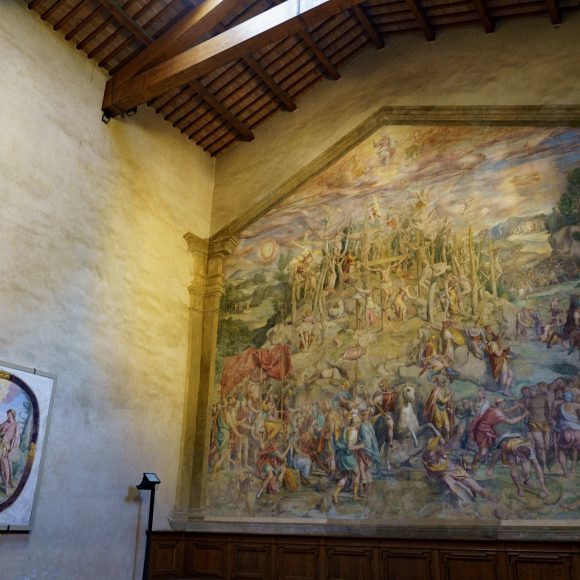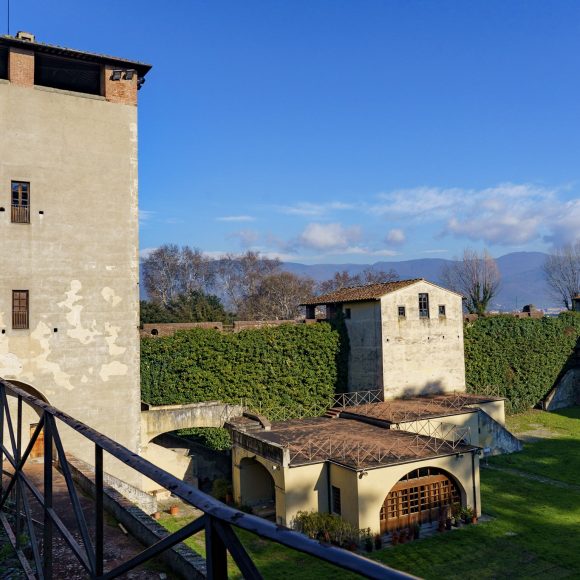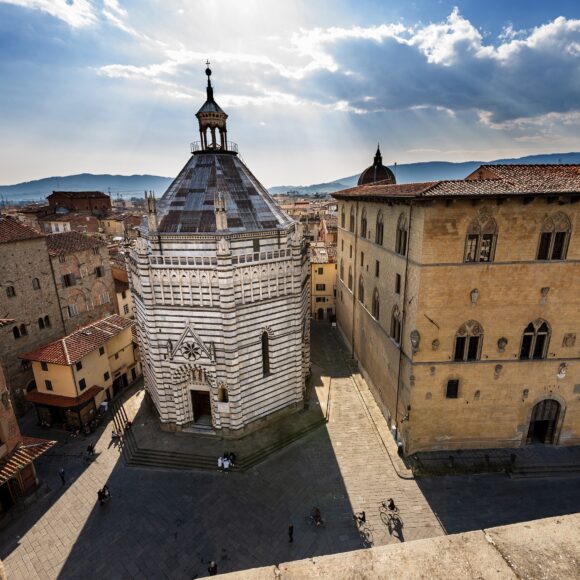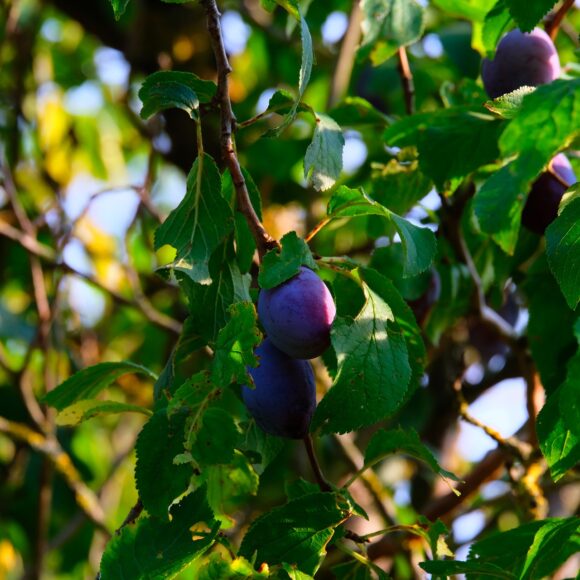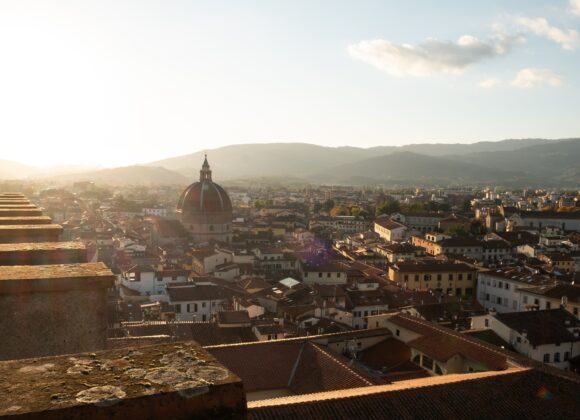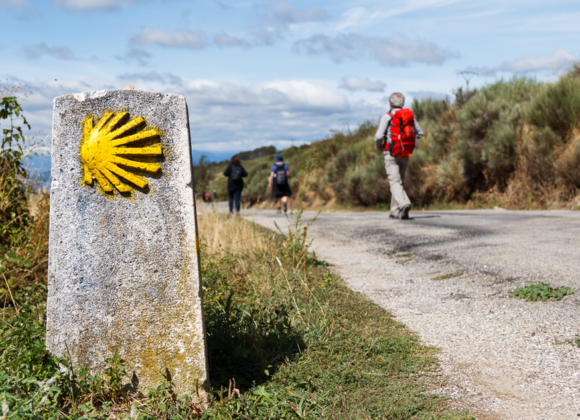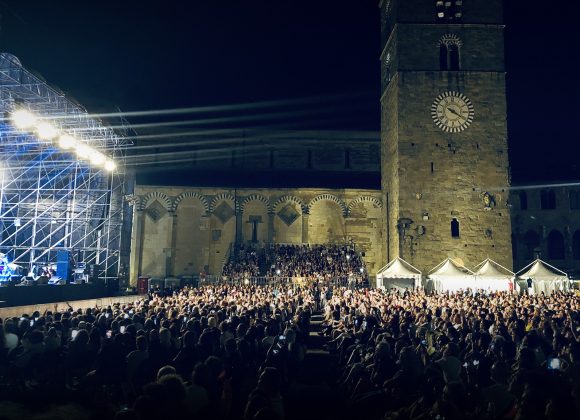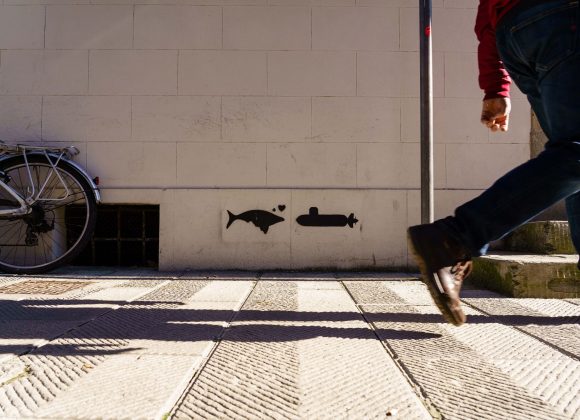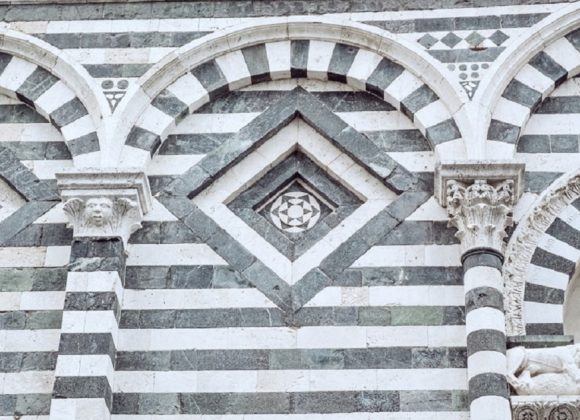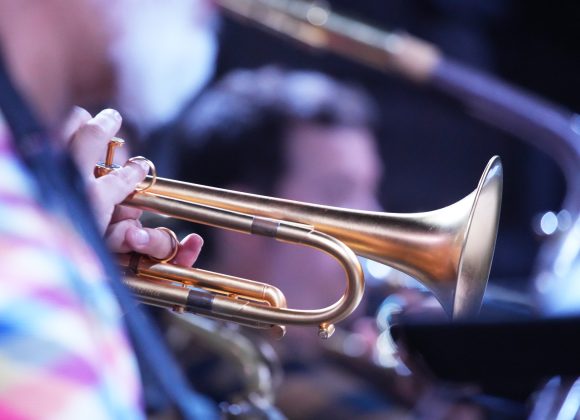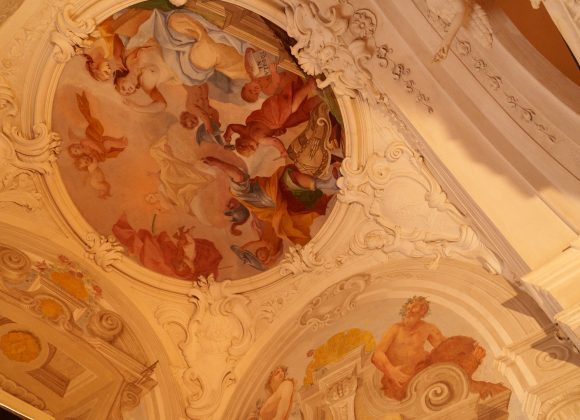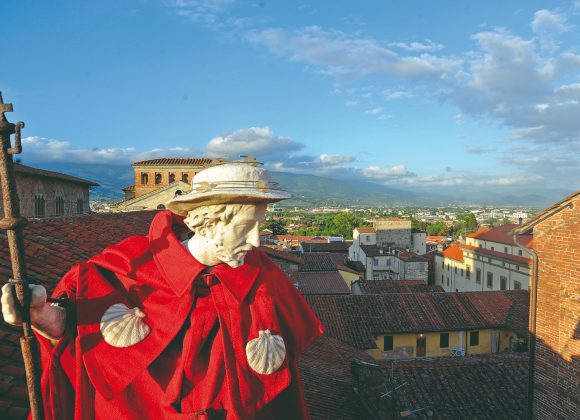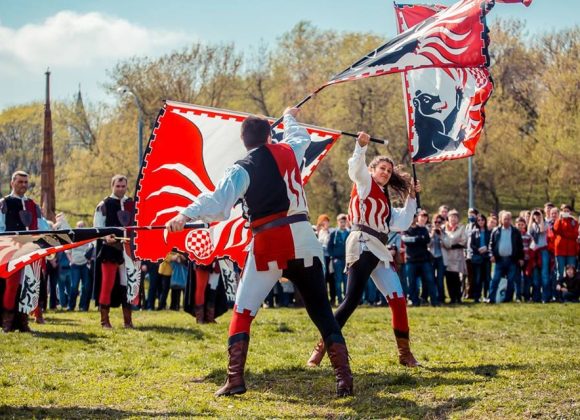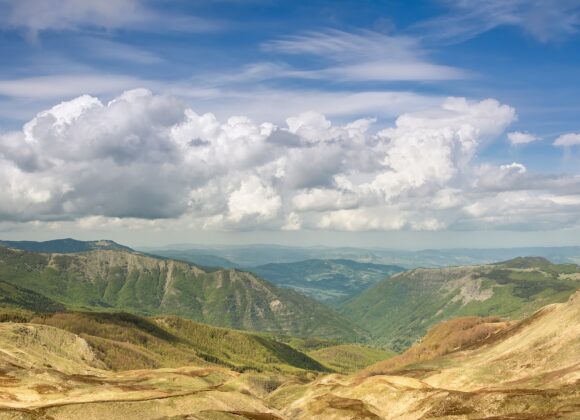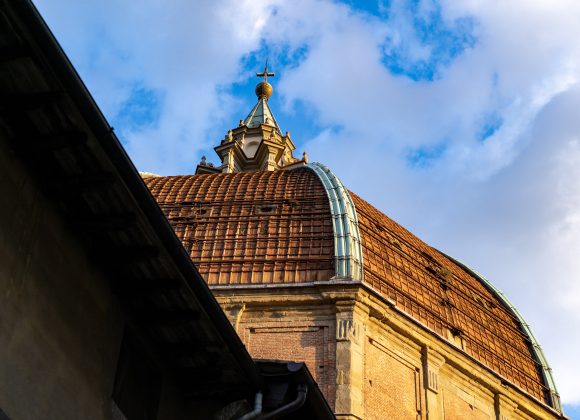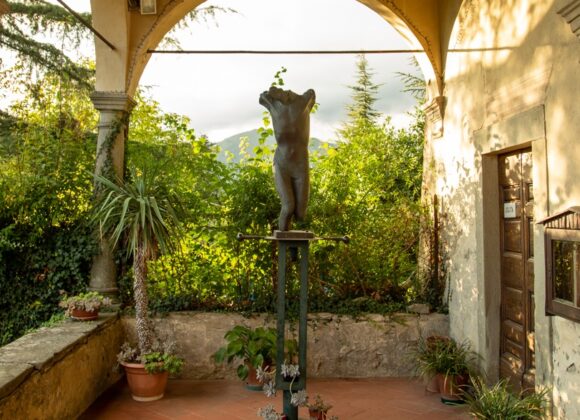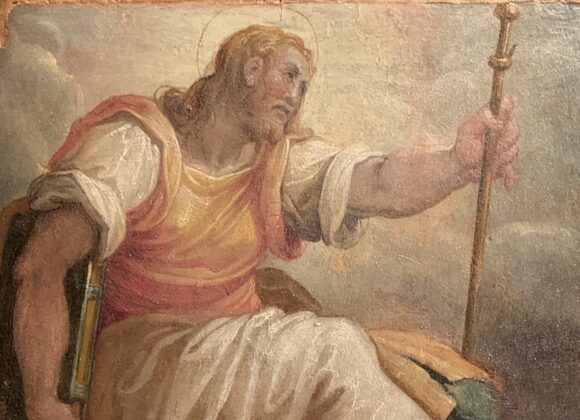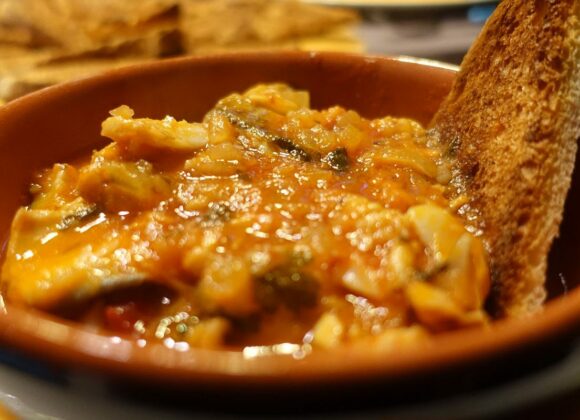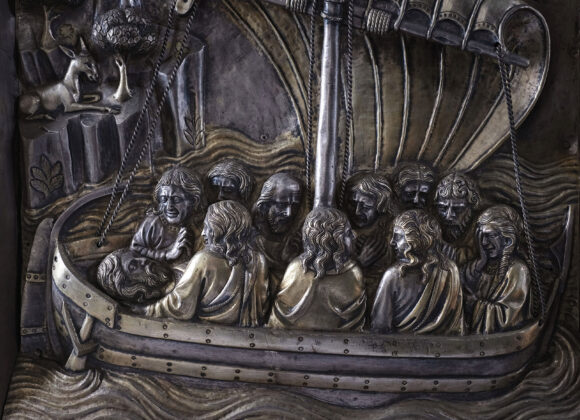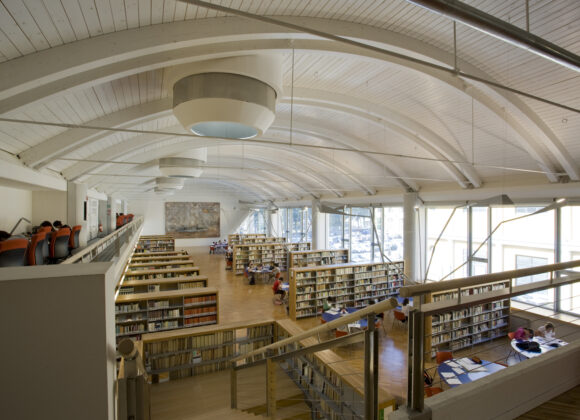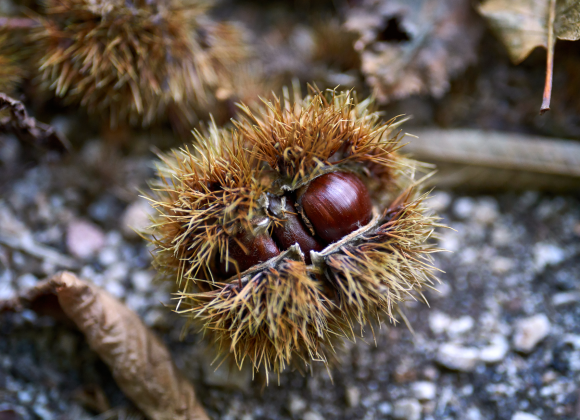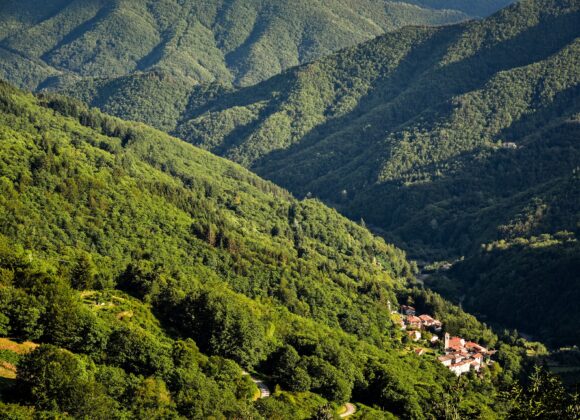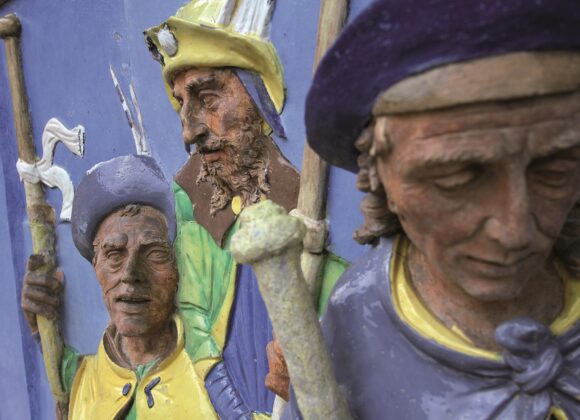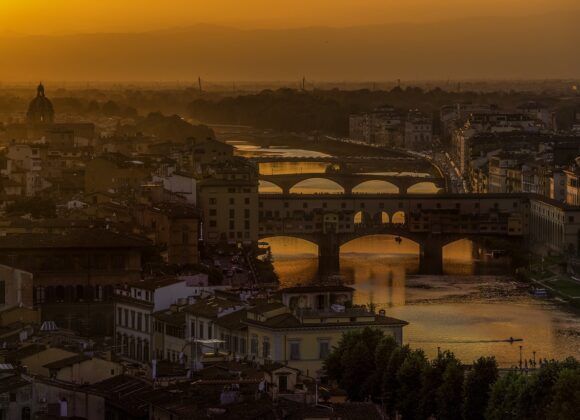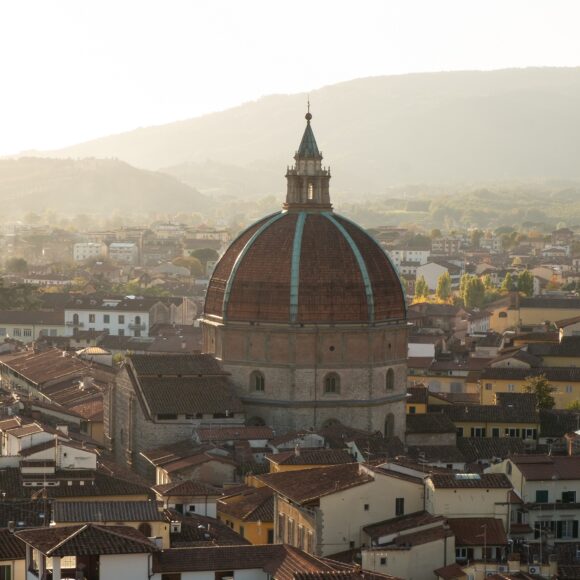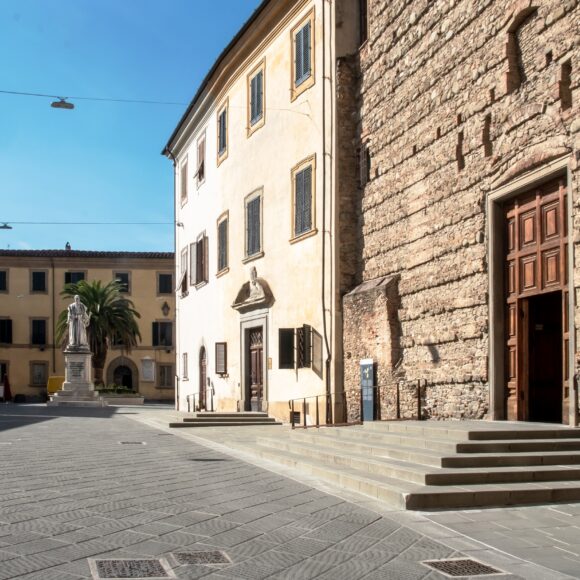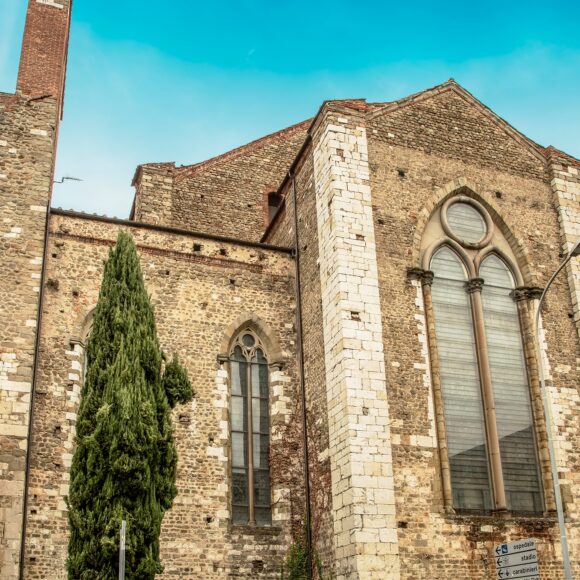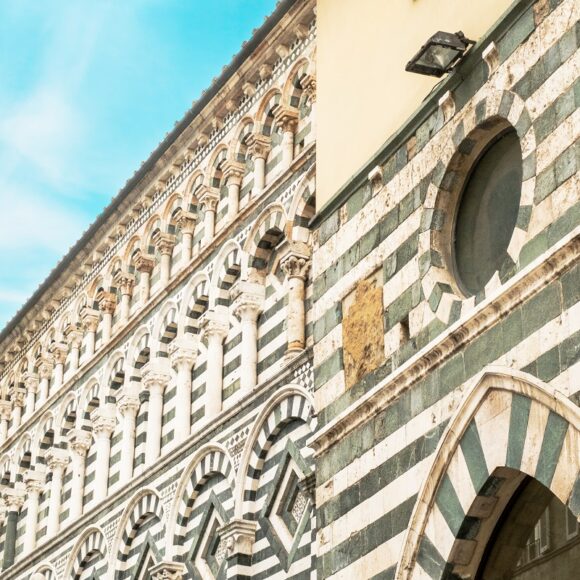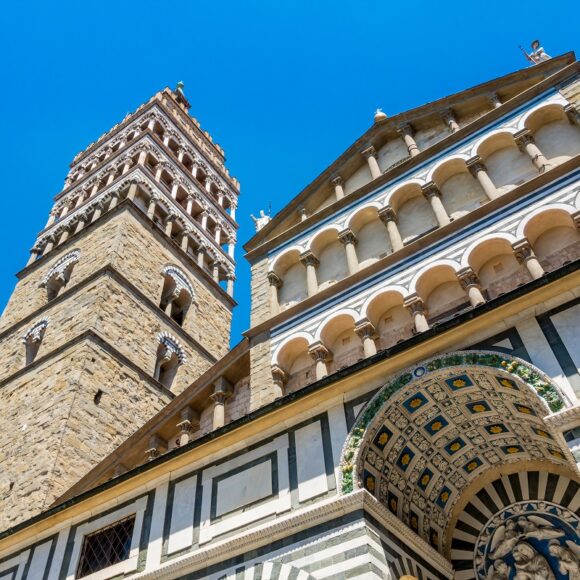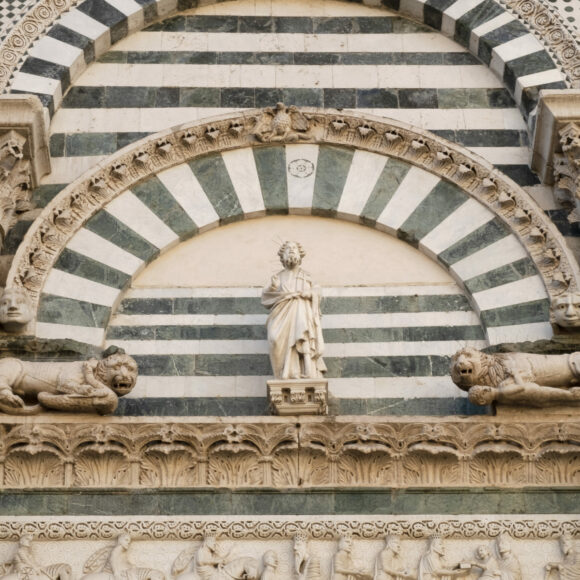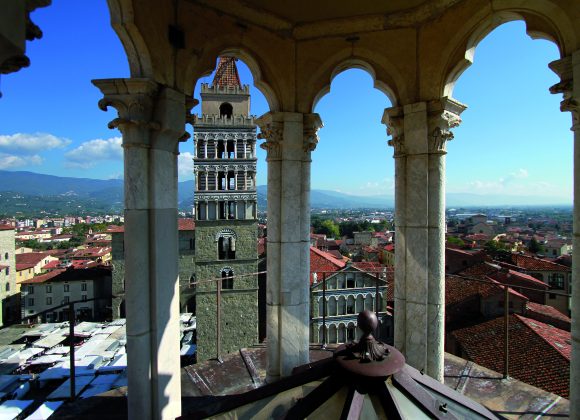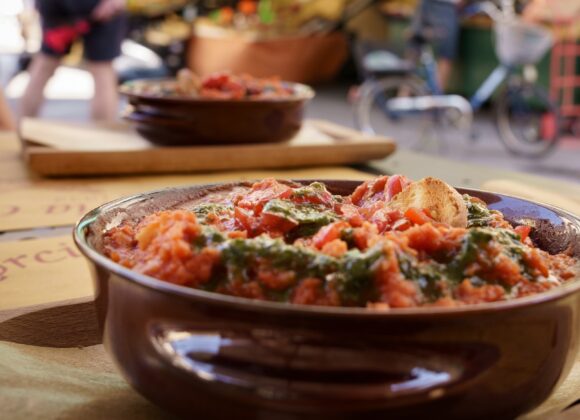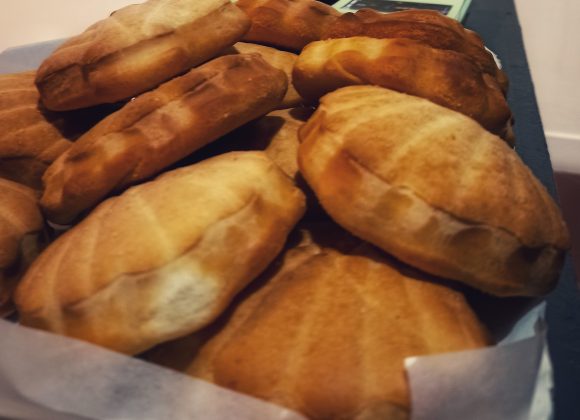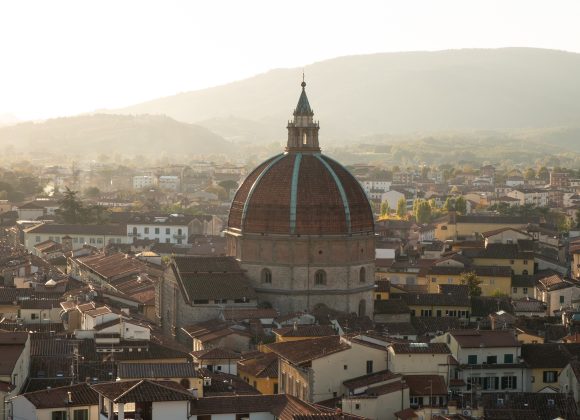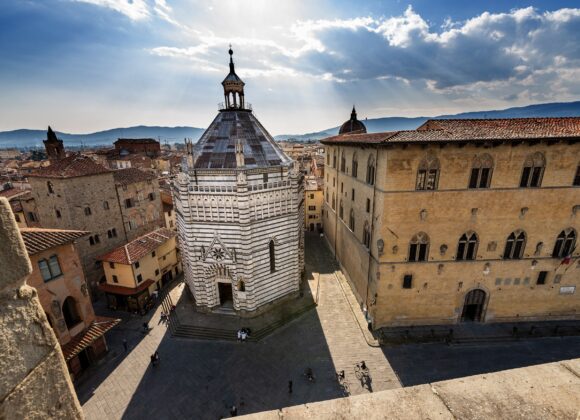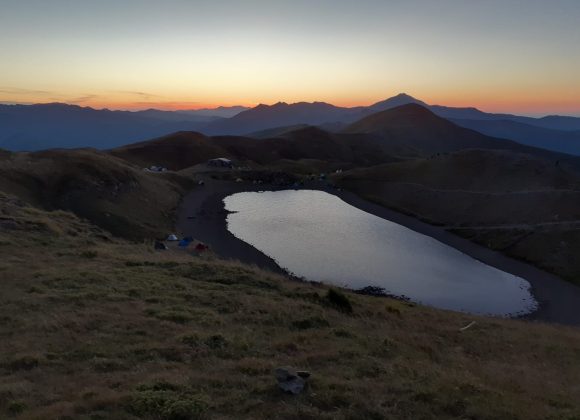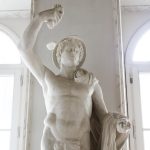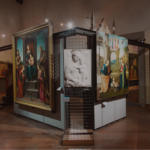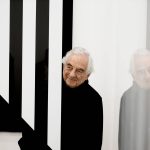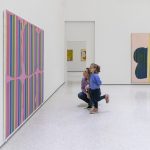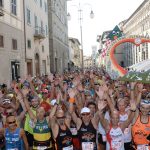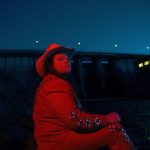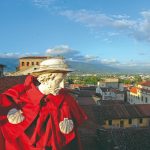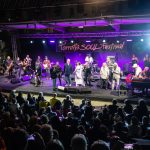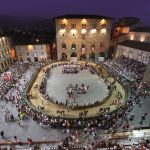Church of San Jacopo in Castellare
A gateway between the past and the contemporary
Pistoia
The church is one of the oldest in Pistoia, and the frescoes it preserves allow visitors to admire the evolution of local painting between the 13th and 14th centuries.
Located in the heart of the historic center, San Jacopo in Castellare is one of the oldest churches in Pistoia, and although it was first documented in 1131, it likely existed already in the early medieval period.
The building stands adjacent to the first city walls in the area known as “castellare” due to the presence of military fortifications dating back to the 10th century, from which it derives its name.
The original Romanesque church was expanded around 1242 and equipped with a transept, traces of which remain in the large arches of the nave. After its suppression in 1785, following the well-known reform carried out by Bishop Scipione de’ Ricci, the church was converted into an oratory for the nearby Leopoldine Schools and eventually became a private workshop.
The Restorations
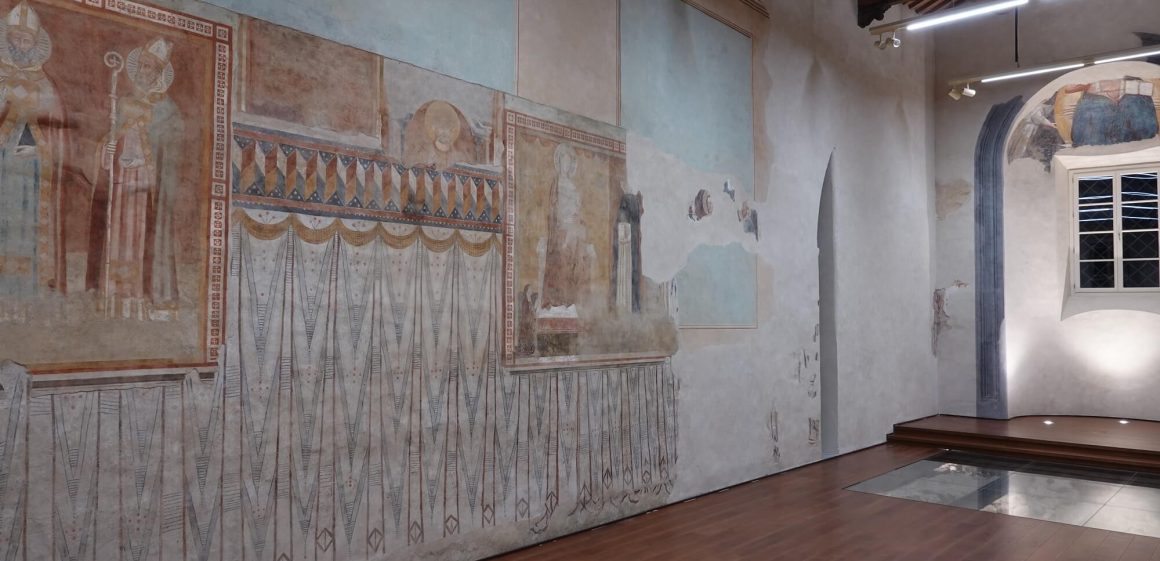
Thanks to the latest restoration project, the church and its ancient wall paintings have been returned to the community.
Inside, there are frescoes of significant importance. The paintings, mostly devotional in nature, were created in several phases between the mid-13th century and the second half of the 14th century. Part of the decoration had already been rediscovered between the late 19th and early 20th centuries and underwent restoration by the painter Galileo Chini.
The latest restorations have uncovered new sections of paintings, such as the elegant decoration in the large arch on the left side and the Christ in Majesty among angels in the apse dome, attributed to the school of Antonio Vite and dating back to the last quarter of the 14th century.
A gateway between the past and the contemporary
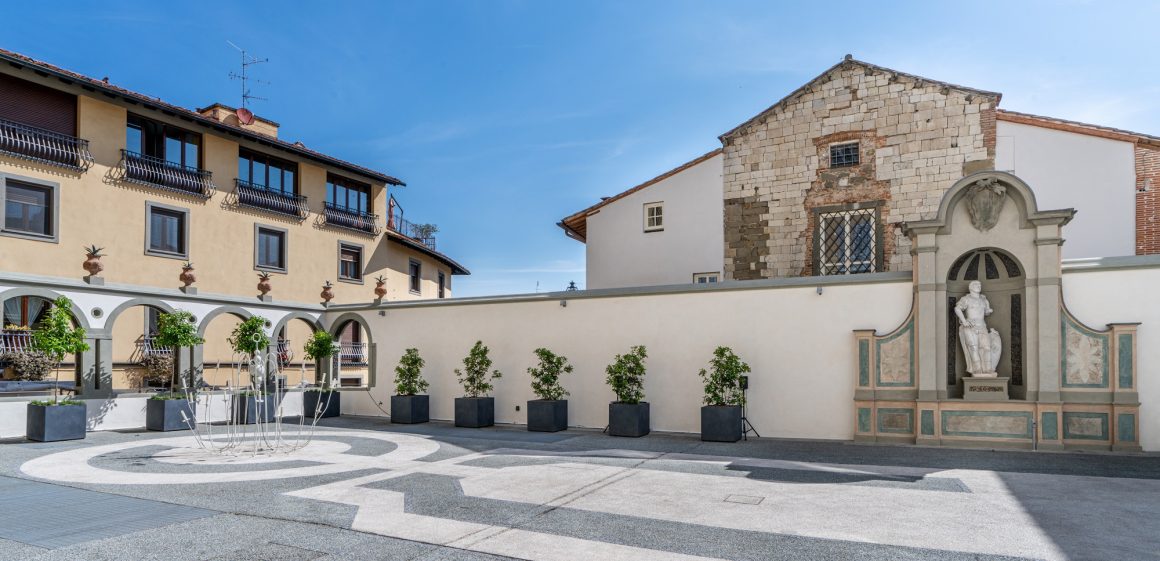
Thanks to its strategic location, San Jacopo in Castellare offers privileged access to the 20th Century Collections of Palazzo de’ Rossi through the passage to the Grandonio Terrace, as well as to the nearby Museum of 20th Century and Contemporary Art in Palazzo Fabroni via the Sdrucciolo del Castellare.
Hours
Entry
experience the territory

